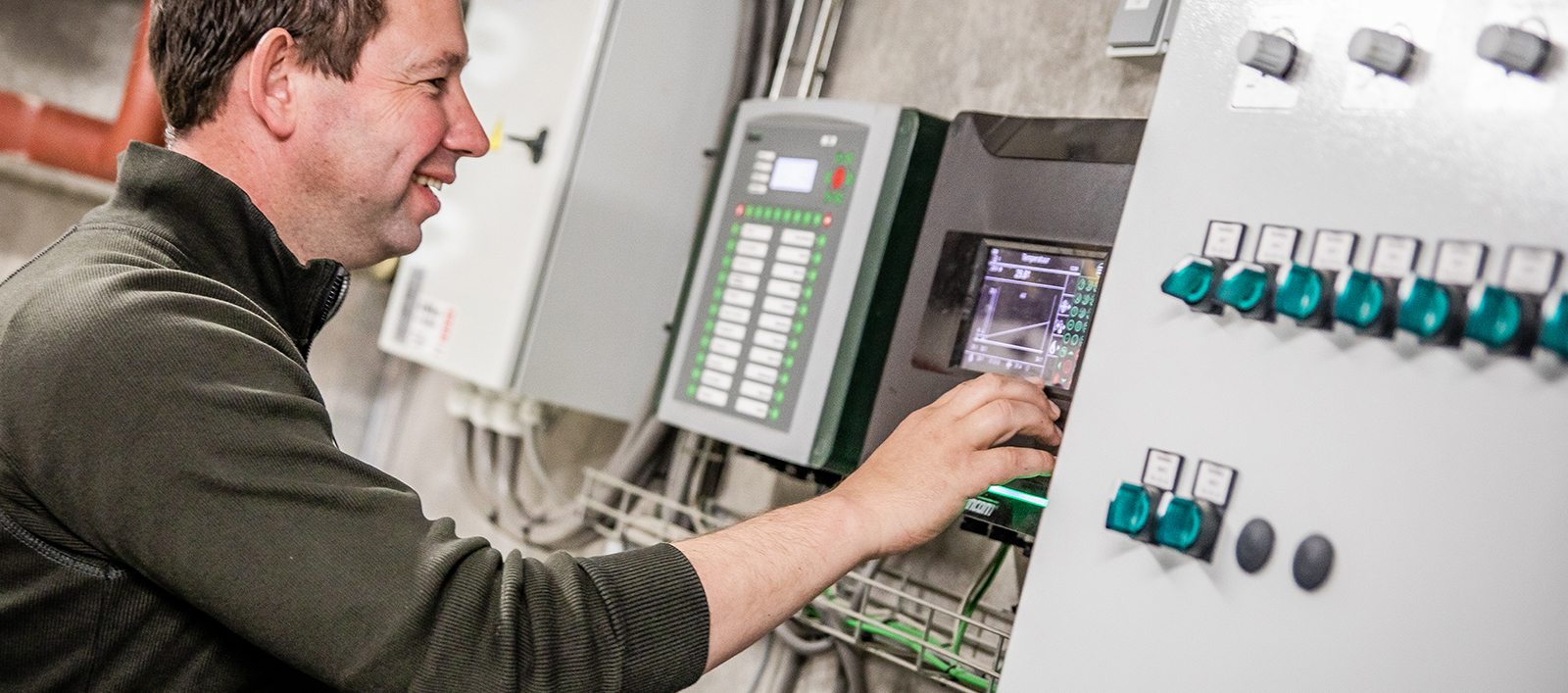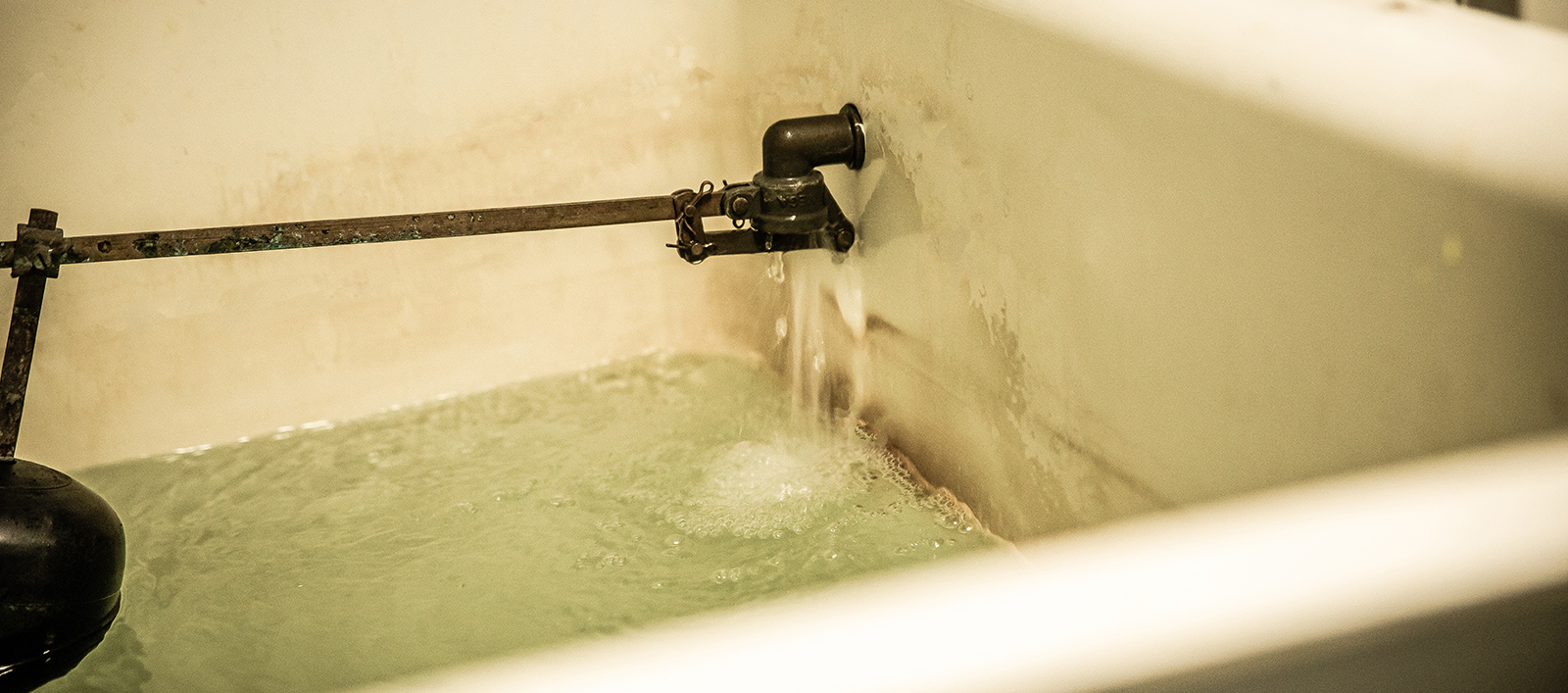
Innovative, data-driven, always looking for improvement opportunities in the poultry house: Bart Janssen is a modern poultry farmer at heart. And so he also immersed himself in drinking water management.
Bart Janssen is the second generation in the family business in the Netherlands. After taking over the baton from his parents at the age of 21, he deliberately opted for an increase in scale. There are now 500,000 broilers scurrying about in his 13 poultry houses. They find their way, among other things, to large supermarket chains throughout Western Europe via chicken processor 2 Sisters Storteboom.
In order to monitor the broilers properly, Janssen Pluimveehouderij is fully automated: “All 13 houses are equipped with a climate and feed computer. I control them from my office or from my phone. I always have insight into all relevant house data and in case of deviations, I receive a warning via an alarm system.”
In addition, a specialised company online from England monitors the data generated from all houses 24/7 in a repeating 90-minute cycle: “In particular, deviations in water intake are an essential indicator of potential problems in your poultry house.”
 Practical tests
Practical testsThe Dutch poultry farmer has therefore studied drinking water management intensively. A large part of his houses now have Impex drinking water systems, with which he can optimally control the water supply. “Each chick receives exactly the amount of water it needs at that moment in its growth process. This has a positive effect on both animal welfare and profitability.”
The choice for the systems of Impex was not an obvious one. Janssen has extensively tested systems and nipples from several manufacturers in his hen houses. Impex emerged as the winner from this practical test. “Using the Impex low flow nipples, you can still steer very accurately even at low water pressure. This gives you maximum influence on the water intake and you have much less spillage.”
The latter is very important in the Netherlands these days, Janssen says. “The regulations have been tightened enormously. Poultry houses must be really dry and all footpad lesions are counted nowadays. If there are too many of them, this can result in fines or a forced lower occupancy per square meter. A few years ago, we were left with a relatively moist floor area in two poultry houses at the end of the growing cycle, even though we had the basic feed, litter, ventilation, and water in order. When we also started working with Impex low flow nipples, the litter stayed dry. As a result, the number of footpad lesions has been reduced by 90 percent. We also have our ammonia emissions under control now.”
 Keep innovating
Keep innovatingNevertheless, the Dutch poultry farmer from is not content to sit back. On average, he makes an expansion or change every three years; the next one is one that he himself also finds exciting. “Chicken is a sought-after product with a relatively low cost and environmental impact, but changing consumer preferences and retailer influence are shifting demand. The regular chicken will disappear in the Netherlands in the next five years. That’s why I am now orienting myself on switching to less intensive production, in accordance with the requirements of the ‘Beter Leven’ (Better Life) quality label (1 star).”
A transition that will ultimately also have an impact on the drinking water management in his poultry houses. Although you’re never finished in that area, Janssen knows. “You have to stay sharp all the time. We do this by monitoring data, constantly observing, and also sparring with Impex as our technology partner in the field of drinking water management. I’m glad I decided to completely switch to the low-flow nipples. In the end, it not only gives me better feed conversion but also more convenience. Because we now work with the same drinking water systems almost everywhere, the poultry houses are easier to manage.”



 Water quality & hygiene
Water quality & hygiene  Drinking water systems
Drinking water systems  Pig drinking water solutions
Pig drinking water solutions 